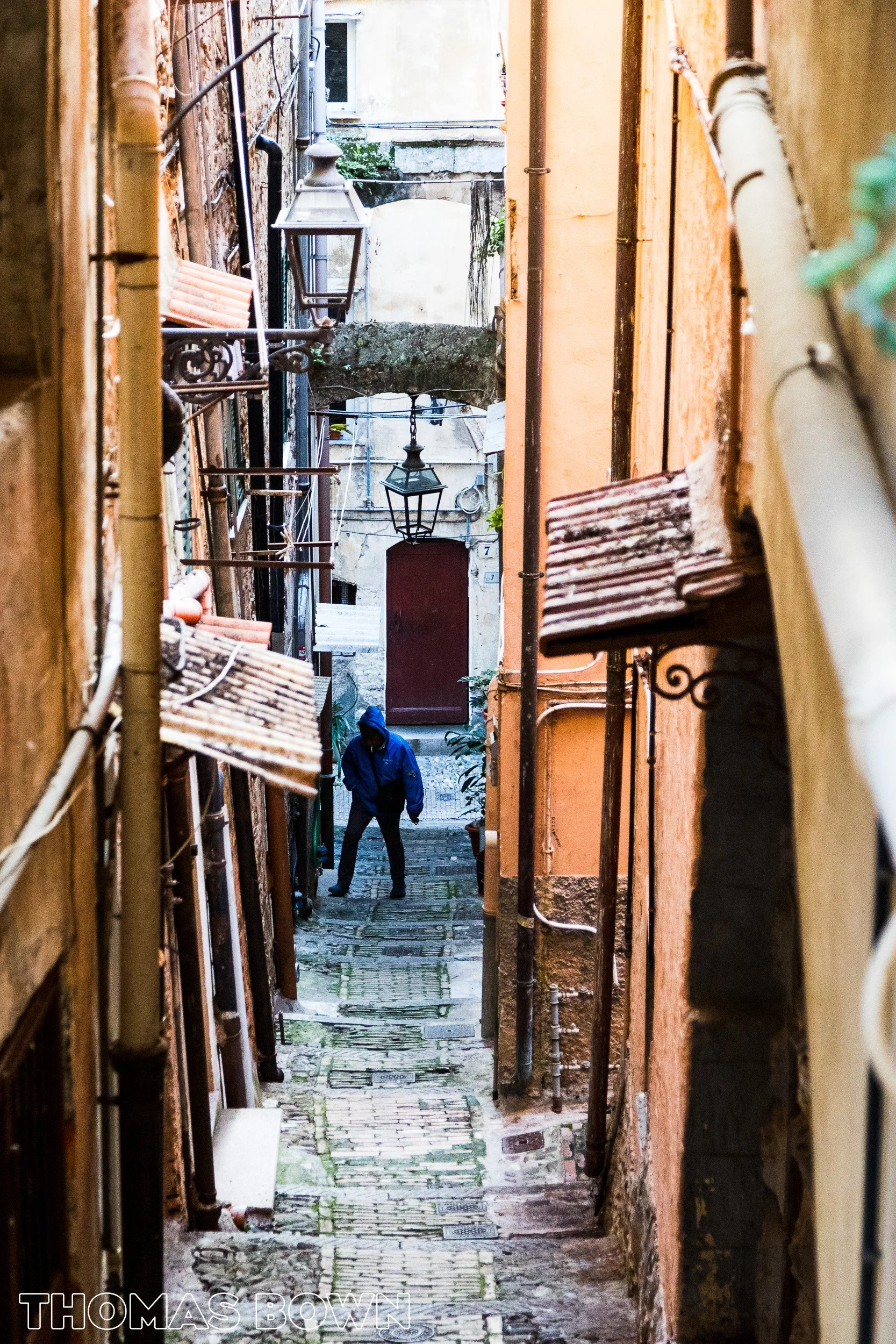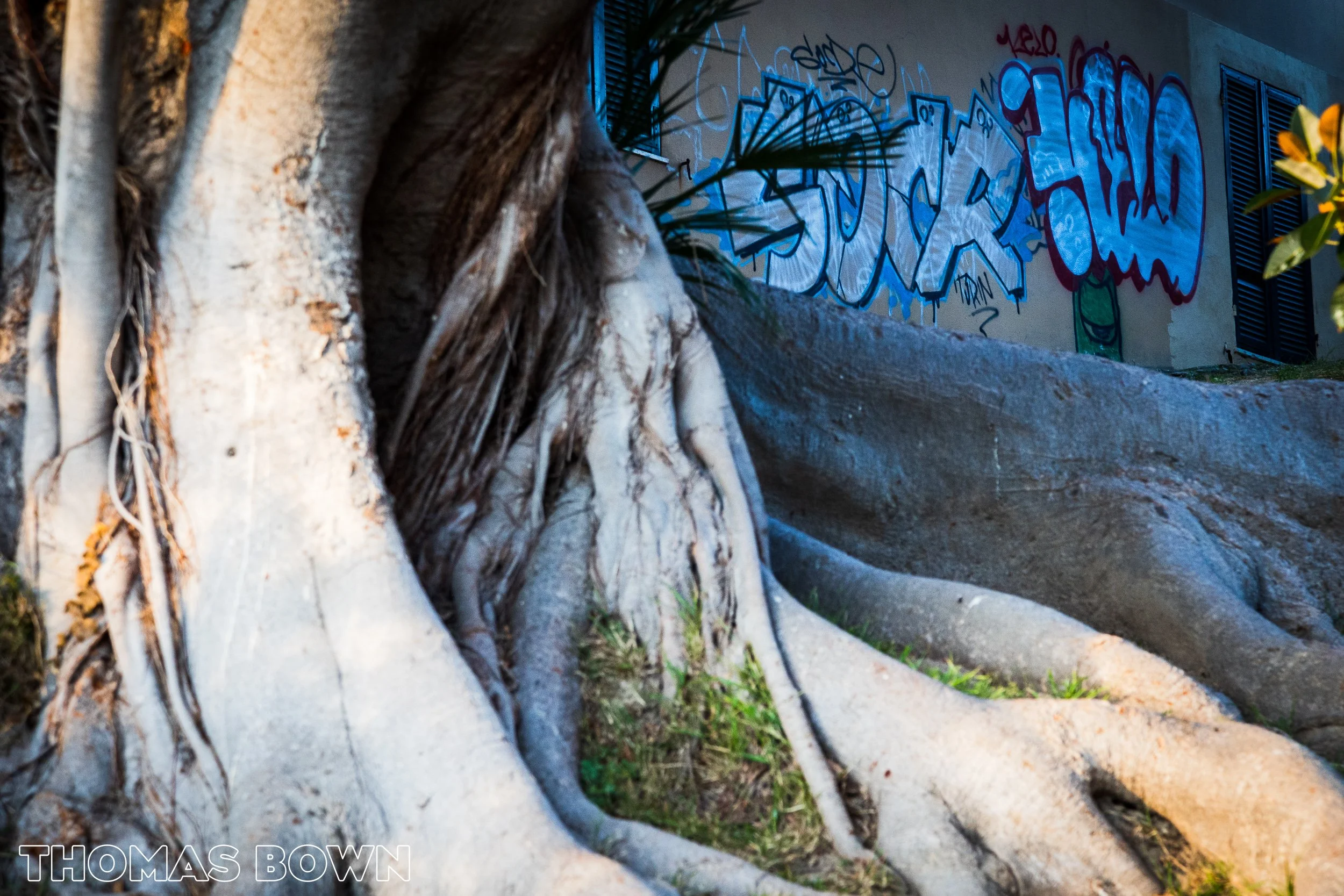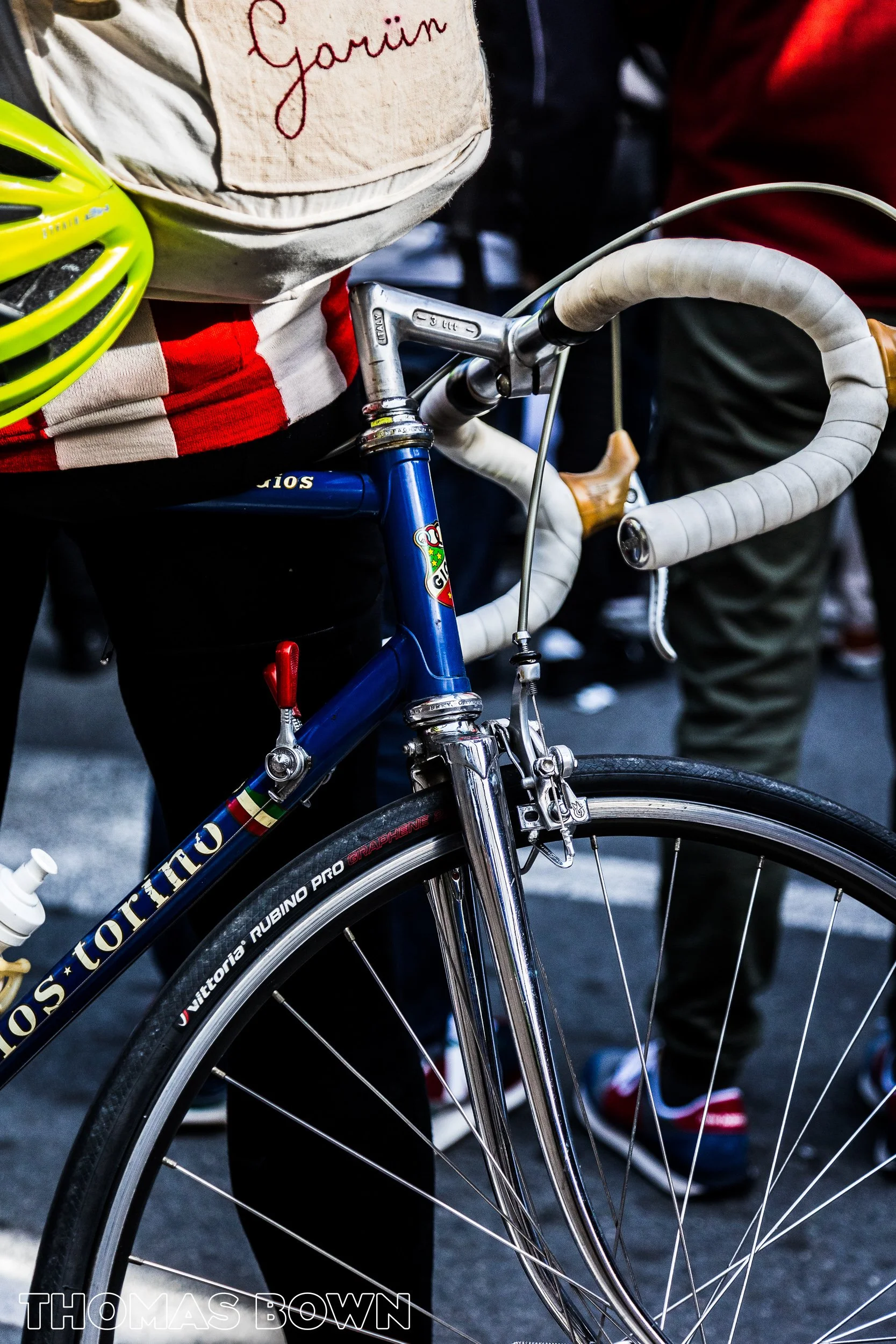Some snaps from a short trip to the Algarve last week in search of some winter sun. Carvoeiro was a lovely base to explore the area and especially this time of year when it was a pleasant temperature and quiet. The coast is pretty and dramatic in equal measure with the limestone cliffs shaped and splintered by the sea and sinkholes forming coves and caves that the area is famous for. We saw dolphins offshore, peregrines nesting in the cliffs and interesting plant life along the clifftops.
A trip inland to visit friends who have made Portugal their home was a chance to look at the unique way the land is used in the area. A bit dry this but quite interesting… Montado is a land management system that works as a sustainable form of agriculture evolved to cope with the climate challenges that the area faces with wet Springs and hot dry Summers. It’s an integrated mix of farming that works to provide produce in all conditions. The cork trees are a vital part of this system as they keep the soil healthy by offering shade from harsh summer sun, dropping leaves and providing an environment for plants to grow beneath the canopy. Animals can shelter and forage in this undergrowth which also serves to keep moisture from evaporating in the heat.
There is plenty of biodiversity within the undergrowth which then supports insect life and birds of which I counted at least 10 species in a short time using the Cornell Bird ID app which identified tree creepers, siskin, nuthatch and great spotted woodpecker among others. The cork trees are a species of Oak that will yield a harvest of cork once the tree reaches 25 years old. After around 10 years the cork will grow back to be harvested by Tiradors who work with small axes to carefully remove slabs of the outer bark. The numbers on the trunks refer to the last year the tree was stripped of its outer cork layer. A tree will provide a harvest for some 200 years. The whole system really relies upon the cork trees remaining economically viable so with the threat of plastic and screw stops to the market, the landscape is at risk. Also the heightened risk of wildfires due to climate change is a problem which is only going to get worse.
Anyway, the forests were lovely to walk around and I have a new appreciation for the cork in my bottles. More photos in the gallery below.






























































